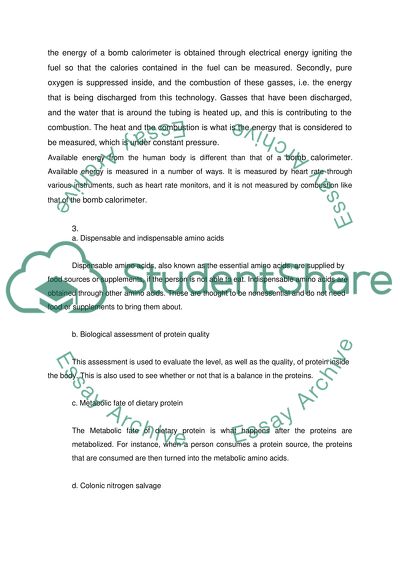Cite this document
(“Nutritional Physiology and Biochemistry Assignment”, n.d.)
Retrieved de https://studentshare.org/biology/1517817-nutritional-physiology-and-biochemistry
Retrieved de https://studentshare.org/biology/1517817-nutritional-physiology-and-biochemistry
(Nutritional Physiology and Biochemistry Assignment)
https://studentshare.org/biology/1517817-nutritional-physiology-and-biochemistry.
https://studentshare.org/biology/1517817-nutritional-physiology-and-biochemistry.
“Nutritional Physiology and Biochemistry Assignment”, n.d. https://studentshare.org/biology/1517817-nutritional-physiology-and-biochemistry.


